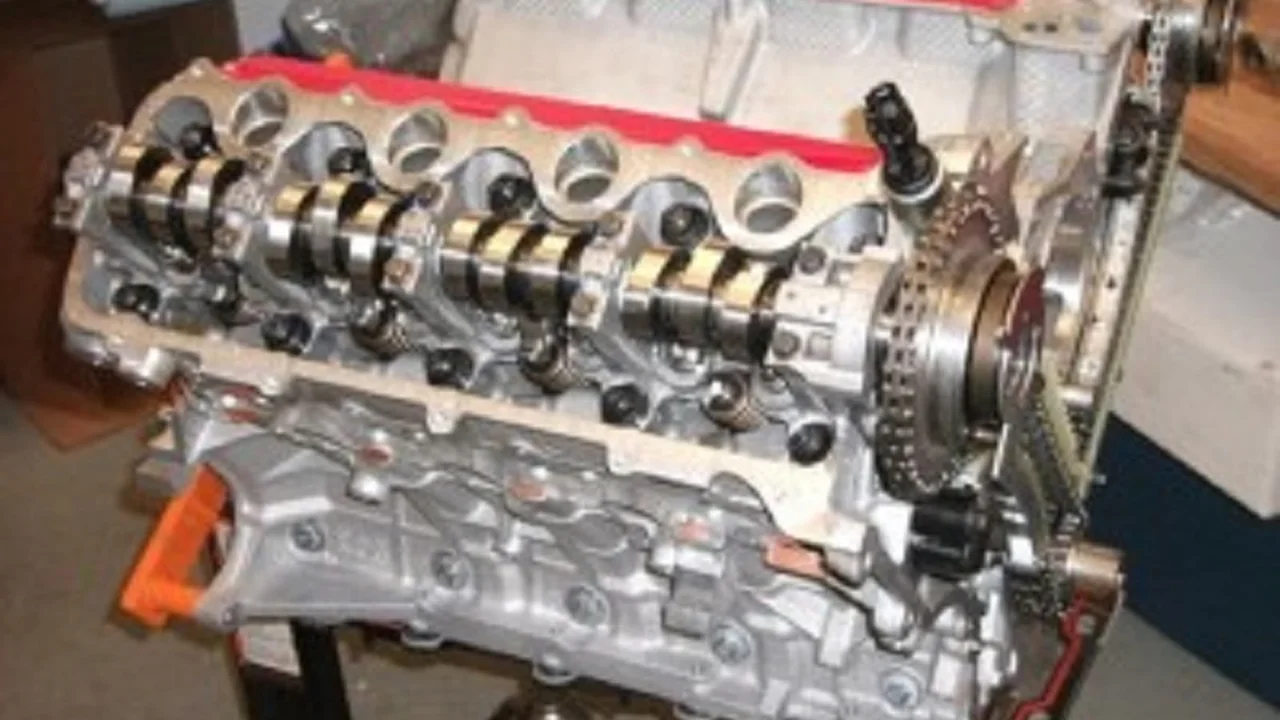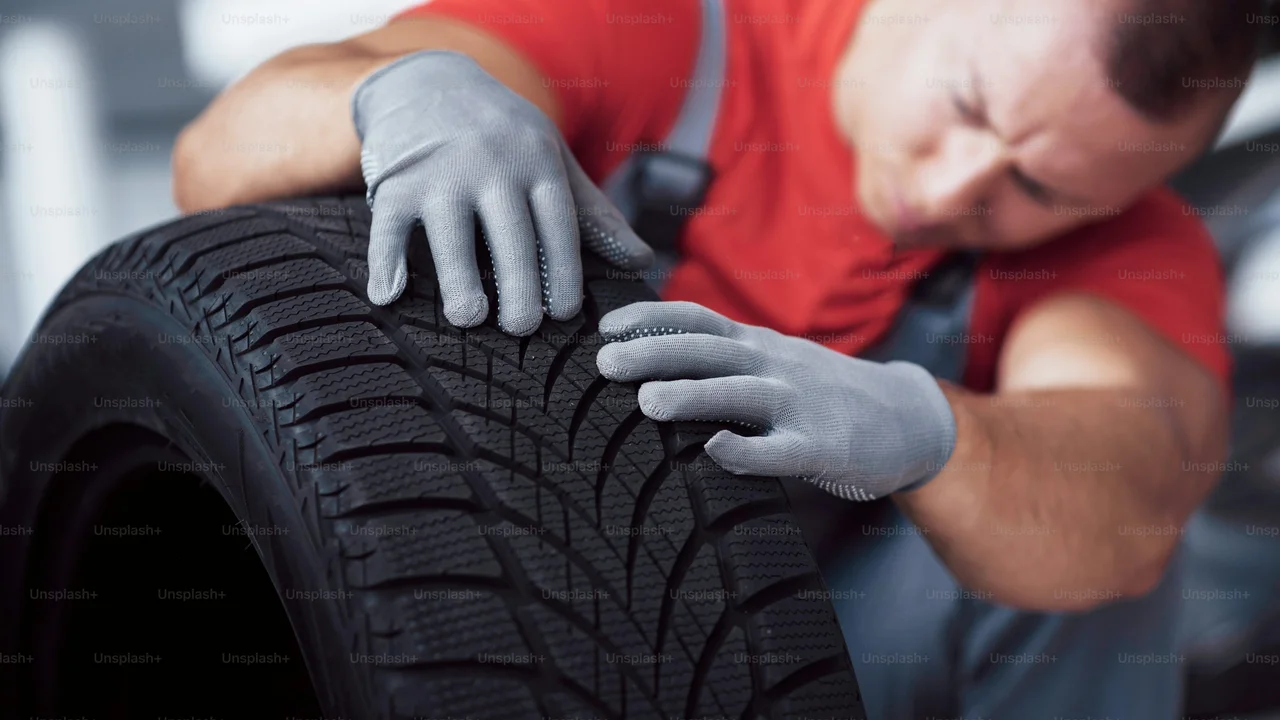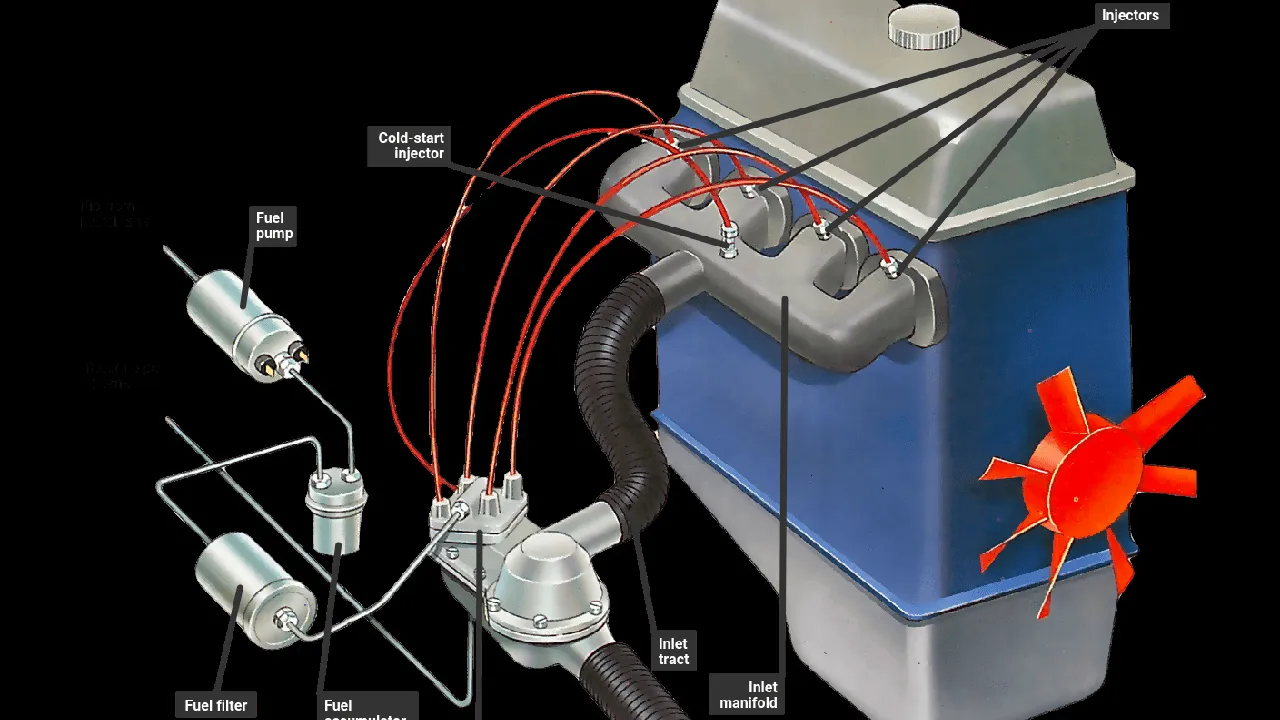Performance Camshafts: Choosing the Right Profile for Your Engine

Camshafts play a crucial role in engine performance. Learn how to choose the right camshaft profile for your engine, considering factors like valve lift, duration, and overlap. Optimize your engine's valve timing for increased power.
Understanding Camshaft Basics Valve Lift Duration and Overlap
Alright, let's dive into the heart of your engine – the camshaft. It's not just a spinning piece of metal; it's the conductor of your engine's breathing orchestra. The camshaft, or cam, controls when your engine's intake and exhaust valves open and close. The shape of the cam lobe determines how far the valve opens (valve lift), how long it stays open (duration), and when it opens and closes relative to the piston's position (overlap). These three factors are critical to your engine's performance characteristics.
Valve Lift: Think of valve lift as how deeply your engine can breathe. A higher valve lift allows more air and fuel to enter the cylinder (on the intake stroke) and more exhaust to exit (on the exhaust stroke). It's like opening a window wider – more air gets through. However, more isn’t always better. Extremely high lift can require more robust valve springs and other valvetrain components to prevent valve float (when the valve doesn't close completely at high RPM).
Duration: Duration is the amount of time, measured in degrees of crankshaft rotation, that a valve is open. A longer duration means the valve stays open longer, allowing for more airflow, especially at higher RPMs. A shorter duration generally provides better low-end torque. Imagine holding a door open for a longer period – more people can pass through. Choosing the right duration depends heavily on your engine's intended use. Street cars often benefit from shorter durations for better drivability, while race cars might use longer durations for maximum top-end power.
Overlap: Overlap is the period when both the intake and exhaust valves are open simultaneously. This happens near the end of the exhaust stroke and the beginning of the intake stroke. A small amount of overlap helps scavenge exhaust gases from the cylinder and draw in fresh air/fuel mixture. Too much overlap, however, can lead to poor idle quality and reduced low-end torque, as some of the intake charge can escape through the exhaust valve. Overlap is a balancing act, and the ideal amount depends on the engine's design and intended application.
Matching Camshaft Profiles to Engine Use Cases Street Performance Track Racing and More
So, how do you choose the right camshaft profile? It all boils down to how you plan to use your engine. Let's break down some common scenarios:
- Street Performance: For a daily driver or weekend warrior, you want a camshaft that provides a good balance of low-end torque and mid-range power. A mild camshaft with moderate lift and duration, and minimal overlap, is usually the best choice. This will give you good throttle response, a smooth idle, and decent fuel economy. You're aiming for an enjoyable driving experience without sacrificing everyday usability.
- Track Racing: On the track, you're chasing maximum horsepower and RPM. A more aggressive camshaft with higher lift, longer duration, and greater overlap is typically used. This will shift the powerband higher in the RPM range, providing more top-end power. However, expect a rougher idle and reduced low-end torque. Track cars are less concerned with daily drivability and more focused on all-out performance.
- Drag Racing: Drag racing cams are often even more radical than track racing cams. They prioritize peak horsepower above all else, with extremely high lift and long duration. Expect a very rough idle, poor low-end torque, and the need for a high stall speed torque converter (in automatic transmissions) to get the engine into its powerband.
- Trucks/Towing: For trucks and vehicles used for towing, low-end torque is king. A camshaft with low lift and short duration, and minimal overlap, is ideal. This will provide strong pulling power at low RPMs, making it easier to haul heavy loads.
Think of it this way: a street car wants a broad, flat torque curve, while a race car is happy with a peaky, high-RPM power curve. The camshaft is the key to shaping that power curve.
Camshaft Selection Factors Engine Size Compression Ratio and Intended RPM Range
Choosing the right camshaft isn't just about the intended use; you also need to consider your engine's specific characteristics:
- Engine Size: Larger engines can generally handle more aggressive camshafts. A small engine with a big cam will likely suffer from poor low-end performance.
- Compression Ratio: Higher compression ratios allow for more aggressive camshaft profiles. A higher compression engine can better tolerate the reduced cylinder pressure at low RPMs that often comes with a larger cam.
- Intended RPM Range: Where do you want your engine to make power? A cam designed for high RPMs will be a poor choice for an engine that rarely sees those speeds.
- Cylinder Head Flow: Your cylinder heads need to be able to flow enough air to support the camshaft's demands. A big cam on a set of poorly flowing heads won't produce the desired results.
- Fuel System: An aggressive camshaft often requires upgrades to the fuel system, such as larger fuel injectors and a higher-flow fuel pump.
- Exhaust System: A free-flowing exhaust system is essential to take full advantage of a performance camshaft.
It's crucial to consider all these factors when selecting a camshaft. It's often best to consult with a knowledgeable engine builder or camshaft manufacturer to get personalized recommendations.
Performance Camshaft Product Recommendations and Comparisons
Okay, let's get into some specific camshaft recommendations. Keep in mind that these are just examples, and the best choice for you will depend on your specific engine and goals.
Street Performance Camshaft Options
For a mild street performance upgrade, consider these options:
- Comp Cams Xtreme Energy Series: These cams offer a good balance of low-end torque and mid-range power. They're a popular choice for street cars and offer a noticeable improvement over stock. Expect to pay around $250-$400 for the cam itself.
- Edelbrock Performer Series: Edelbrock's Performer cams are designed for easy installation and good all-around performance. They're a good choice for someone looking for a simple upgrade. Prices range from $200-$350.
- Summit Racing SUM-1103: A budget-friendly option that provides a noticeable performance increase over stock. Expect to pay around $150-$250.
Example Scenario: Let's say you have a 350 Chevy small block in a classic muscle car and want a little more power for weekend cruising. A Comp Cams Xtreme Energy cam with a moderate lift and duration would be a great choice. You'll get better throttle response, a more aggressive sound, and a noticeable bump in horsepower without sacrificing too much drivability.
Track Racing Camshaft Options
For track racing applications, consider these options:
- Comp Cams Magnum Series: These cams are designed for high RPM performance and offer significant horsepower gains. They require careful tuning and may not be suitable for street use. Prices range from $300-$500.
- Lunati Voodoo Series: Lunati's Voodoo cams are known for their aggressive lobe designs and excellent top-end power. They're a popular choice for racers. Expect to pay around $350-$550.
- Crower Cams: Crower offers a wide range of racing camshafts, from mild to wild. They're known for their quality and performance. Prices vary depending on the specific cam.
Example Scenario: Imagine you're building a dedicated track car with a 302 Ford small block. A Lunati Voodoo cam with high lift and long duration would be a good choice. You'll need to upgrade your valve springs, pushrods, and other valvetrain components to handle the aggressive cam profile, but the result will be a significant increase in horsepower at high RPMs.
Product Comparison Table
Here's a quick comparison of some of the camshafts mentioned above:
| Camshaft | Intended Use | Lift | Duration | Price (Approx.) |
|---|---|---|---|---|
| Comp Cams Xtreme Energy | Street Performance | Moderate | Moderate | $250-$400 |
| Edelbrock Performer | Street Performance | Low | Short | $200-$350 |
| Summit Racing SUM-1103 | Street Performance (Budget) | Low | Short | $150-$250 |
| Comp Cams Magnum | Track Racing | High | Long | $300-$500 |
| Lunati Voodoo | Track Racing | High | Long | $350-$550 |
Installation Tips and Considerations for Performance Camshafts
Installing a performance camshaft is not a simple bolt-on procedure. It requires careful attention to detail and a good understanding of engine mechanics. Here are some important considerations:
- Valve Springs: Performance camshafts often require upgraded valve springs to handle the increased lift and RPM. Using the wrong valve springs can lead to valve float and engine damage.
- Pushrods: Stiffer pushrods are often recommended to prevent flexing at high RPMs.
- Lifters: Choose lifters that are compatible with your camshaft. Roller lifters are generally preferred for high-performance applications.
- Timing Chain/Belt: Replace the timing chain or belt when installing a new camshaft. A worn timing chain can affect valve timing and reduce performance.
- Degreeing the Cam: Degreeing the cam ensures that the valve timing is accurate. This is a crucial step for maximizing performance.
- Break-In Procedure: Follow the camshaft manufacturer's recommended break-in procedure to properly seat the lifters and prevent premature wear.
- Tuning: After installing a performance camshaft, you'll likely need to retune your engine's fuel and ignition maps to optimize performance.
If you're not comfortable working on engines, it's best to have a qualified mechanic install your performance camshaft.
The Importance of Proper Valvetrain Geometry for Camshaft Longevity
Proper valvetrain geometry is absolutely critical for camshaft longevity. If the rocker arms, pushrods, and valves are not aligned correctly, it can put excessive stress on the camshaft lobes and lifters, leading to premature wear and failure. Make sure to check and correct valvetrain geometry whenever installing a new camshaft.
Beyond the Camshaft: Supporting Modifications for Optimal Results
Installing a performance camshaft is just one piece of the puzzle. To truly maximize your engine's performance, you'll need to consider other supporting modifications, such as:
- Cylinder Head Porting: Porting your cylinder heads can significantly improve airflow and increase horsepower.
- Intake Manifold Upgrade: A performance intake manifold can provide better airflow and distribution.
- Throttle Body Upgrade: A larger throttle body can improve throttle response and increase airflow.
- Fuel System Upgrade: Larger fuel injectors and a higher-flow fuel pump may be necessary to support the increased fuel demands of a performance camshaft.
- Exhaust System Upgrade: A free-flowing exhaust system is essential to take full advantage of a performance camshaft.
Think of it as building a system. Each component needs to work in harmony with the others to achieve optimal results.
:max_bytes(150000):strip_icc()/277019-baked-pork-chops-with-cream-of-mushroom-soup-DDMFS-beauty-4x3-BG-7505-5762b731cf30447d9cbbbbbf387beafa.jpg)






